In the ever-evolving world of photography, a new player has entered the field: Artificial Intelligence. But how does AI photography stack up against traditional methods? Let’s dive into this exciting comparison and explore the unique advantages each brings to the table.
The Basics: What Sets Them Apart?
Traditional photography relies on the photographer’s skill, lighting conditions, and camera equipment to capture the perfect shot. It’s an art form that has been refined over decades, producing stunning images that capture moments in time.
AI photography, on the other hand, uses complex algorithms to enhance, modify, or even create images from scratch. It’s like having a digital artist and a team of editors working inside your camera or smartphone.

Accessibility: Democratizing Art
One of the most significant advantages of AI photography is its accessibility. With AI-powered apps and cameras, anyone can create professional-looking images without years of training or expensive equipment. It’s democratizing the art of photography, allowing more people to express their creativity.
However, traditional photography still holds its ground when it comes to capturing raw, unfiltered moments. There’s a certain authenticity and skill involved in framing the perfect shot and pressing the shutter at just the right moment.

Creativity and Control: Man vs Machine
Traditional photography gives the artist complete control over every aspect of the image – from composition to lighting, from exposure to depth of field. It’s a hands-on approach that allows for precise creative expression.
AI photography, while offering incredible creative possibilities, sometimes feels like a black box. You input an image or an idea, and the AI does its magic. While this can lead to surprising and delightful results, some photographers miss the hands-on control.

Speed and Efficiency: The AI Advantage
When it comes to speed and efficiency, AI photography has a clear edge. AI can process and enhance images in seconds, a task that might take a skilled photographer hours in post-processing. This speed is particularly valuable in fields like journalism or event photography, where time is of the essence.
However, the time invested in traditional photography often results in a deeper connection to the subject and a more thoughtful approach to composition and lighting.
The Future: A Harmonious Blend
At Winno Dream Imaging, we believe the future of photography lies in harnessing the strengths of both approaches. We’re excited to offer services that combine the authenticity and skill of traditional photography with the innovative capabilities of AI.
Whether you’re looking to enhance old family photos, create unique portraits, or develop eye-catching marketing materials, we have the tools and expertise to bring your vision to life.

Conclusion: The Best of Both Worlds
Both AI and traditional photography have their unique strengths. While AI offers accessibility, speed, and innovative creative possibilities, traditional photography provides unmatched control and a time-honored artistic process. The future of photography likely lies in harnessing the strengths of both approaches.
Ready to explore the exciting world of AI-enhanced photography? Visit our website at winno.ca to see how we’re blending traditional photographic skills with cutting-edge AI technology to create stunning, one-of-a-kind images.
Remember, whether you’re using AI or traditional methods, the most important thing is to keep capturing and creating. The world is waiting to see through your lens!

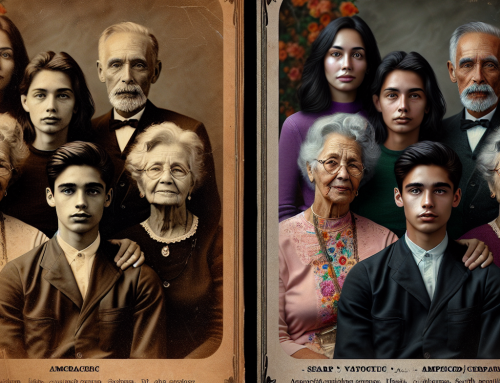
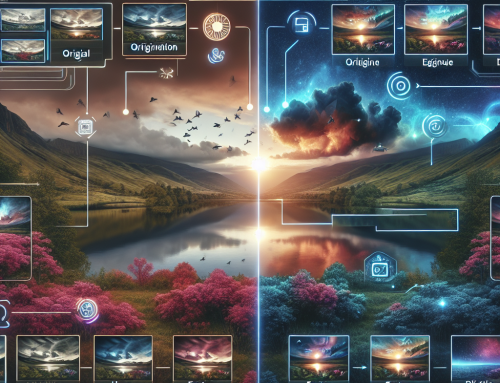
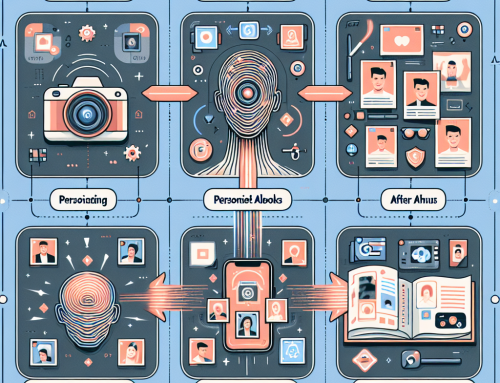
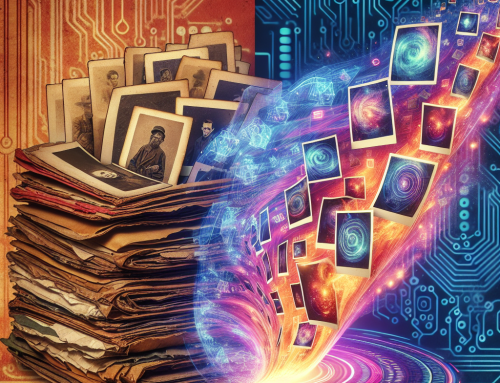
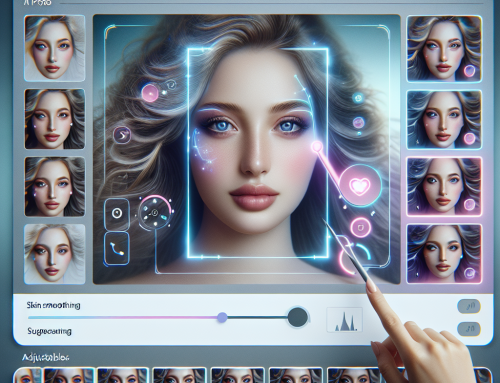
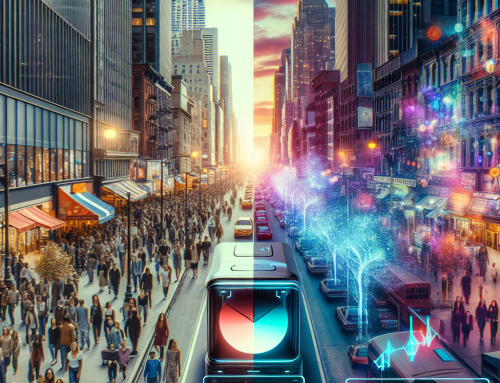
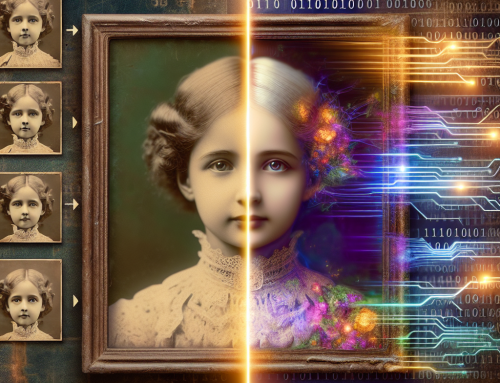
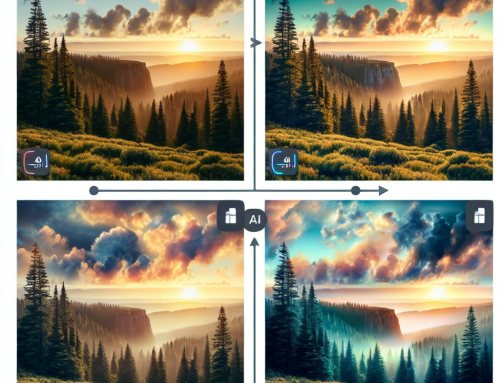
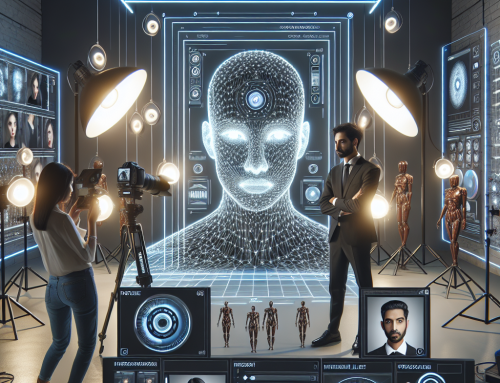
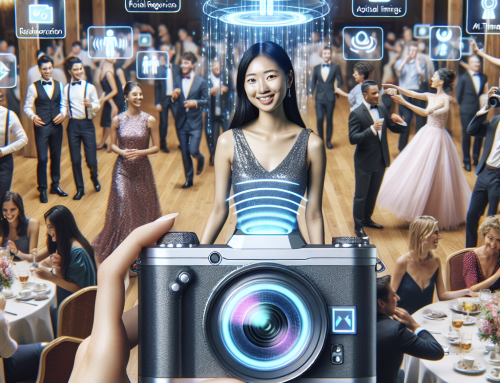


Leave A Comment